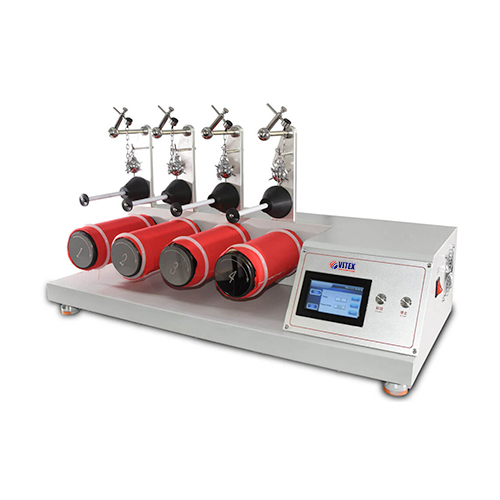Application
ICI Mace Snag Tester. To determine the tendency of fabrics to snag (pull yarn loops from fabric) in normal wear (mace snag). Provided with 4 rotating test cylinders, fitted with sleeves of test fabric, mace balls with tungsten carbide points and controlled by a predetermined electronic counter. A set of 4 felt sleeves are included.
Optional Order
- Tungsten Carbide Points (Pack of 12)
- Felt Sleeves (Pack of 4)
- Snagging Photographs
Standards
ASTM D3939, GB/T 11047, JIS L1058, MN405E
Power
220 /110 V 50/60 Hz
Weight
88 Kg
Dimensions
700 x 450 x 400mm (L x W x H)



